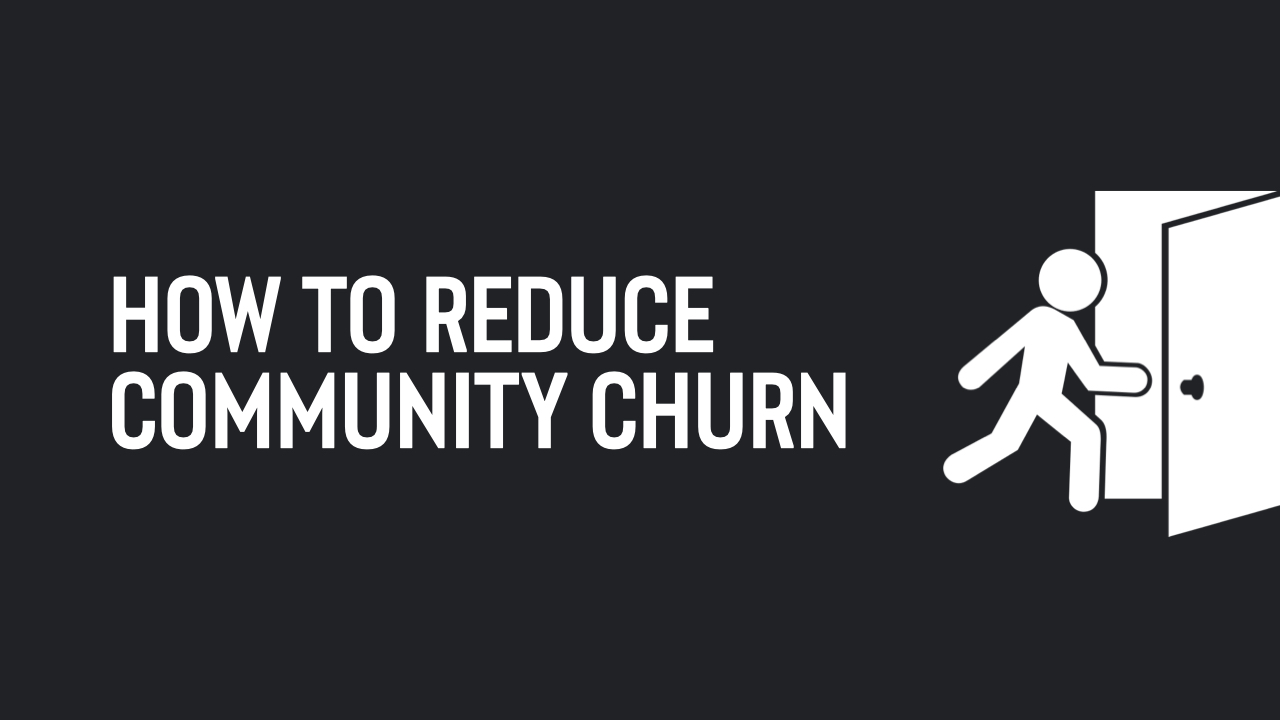
This is going to be an extremely practical article. In my new book, I talk a lot about unscalable vs scalable marketing. As you’ll know, I’m a huge fan of those magical, unscalable moments. Those incredible personal relationships with your community members. When your community is small, I believe in trying to talk to everyone. As it grows, you need to dedicate your time increasingly towards the section of your community who are receptive and engaged. Let’s look at how this works:
If you are in a rush, here are the key takeaways from this article:
1-100 members
Message each person individually. Spark up conversations. Try to build one-on-one relationships at scale.
100-1000 members
Message each person. Realise only a fraction will respond. Dedicate your time towards those that do. I’ve done this exercise with several coaching students – typically they’ll see a 25-50% response rate. So messaging 600 followers may get you 150-300 responses (possibly lower, based on your engagement rate).
1000 members+
This is typically more people than is sustainable for personal outreach. Therefore, you need to begin identifying people who may be receptive to conversing with you.
Once you get into this more scalable territory, you can engineer ways of your community self-identifying their levels of engagement. Here are some options:
- Look for those people commenting on your content
- Look for those people liking your content
- Setup low-friction opportunities for engagement – e.g.: Instagram polls
- Look for people attending your live sessions
- Look for those who sign up to your email newsletter
The smaller your audience/community, the less friction you should use for them to identify themselves as ‘engaged’. The larger your audience/community the more friction you can afford to use.
Here’s a few examples:
Using comments
One of my friends has a ton of followers, but typically only 50-100 comments per post on Instagram. It makes perfect sense to devote time towards building relationships with these core people.
Using likes
One of my students receives very few comments on his posts. Therefore, he can go up a level, and use ‘likes’ on his posts to identify his most engaged followers. He’s beginning to outreach to people who like his social posts, to thank them for their engagement and then strike up conversation. The 50-100 people liking each of his posts are exponentially more likely to be receptive to this interaction, versus the majority of his silent/disengaged followers.
As you grow, and demand in your message/offering increases, you can set up higher friction filters for your community. Think of these like hoops for your community to jump through. Those that bother to do so, are identifying themselves as deeply engaged and committed, and thereby particularly suitable for your value/time.
Case in point, last week, I mentioned that I’m starting a closed, paid community in July, where I’m going to be helping a smaller group to start and nurture their online communities.
I know that I don’t want just anyone to join this closed community. I’ve setup an entire application form on Google forms, which you can check out here.
I’m not sharing this to advertise it, but to give a practical example of how I’m using this concept.
Here’s my filter:
Aware of me
V
Follows me on social
V
Signs up to this newsletter
V
Opens this newsletter
V
Reads the whole thing
V
Clicks the link to my form
V
Bothers to fill it out
V
Appears to be a great fit for my community
V
Is open to further conversation pre-joining
When I started my personal brand, nobody gave a crap. I could barely get 3 people to leave a comment on an Instagram post. Therefore, I kept my friction low, and was SUPER proactive about building relationships with anybody who bothered to indicate any level of engagement.
I’m still relatively ‘small’ relative to my end goals. However, I have enough of an audience to now justify filtering my community. From my tens of thousands of followers, I’m looking for the 100 core people who are deeply committed to participated in this closed community.
And this isn’t to say that you don’t provide value to those who don’t ‘make the cut’. I provide free value in my regular content, my book, my lives etc… I’ll continue to cater to my mass audience for free, forever. I recommend you do the same.
However, I will, and should, always devote the majority of my time to those community members who self-identify that they care. These are my people. You. You reading this right now. By the very fact you’re reading this sentence, you’re someone who I am the most committed to helping.
Do me a favour – identify that further. Hit ‘comment’ on this article and let me know what you think about this concept. I’d love to chat. Despite being incredibly grateful for my main audience, I truly get the most satisfaction in chatting to the few dozen people who respond to this blog each week.







I believe that you’re correct in going narrow and deep, going in-depth with a few of the most committed followers. It also goes hand-in-hand with a philosophy of not trying to create community but finding where community already exists and participating in and nurturing it further. I also believe that after a certain point, you don’t have a community, you have a forum or bulletin board, it’s only a small subset of that group that you can truly call an interactive, ongoing, engaged community.
Thanks for sharing Ray, interesting thoughts. I would perceive a community more like an eco-system, wherein even more passive members are equally worthy of being considered part of that community.
Good stuff. I don’t know you, but great practical advice!
Thanks so much Christopher! I appreciate that.